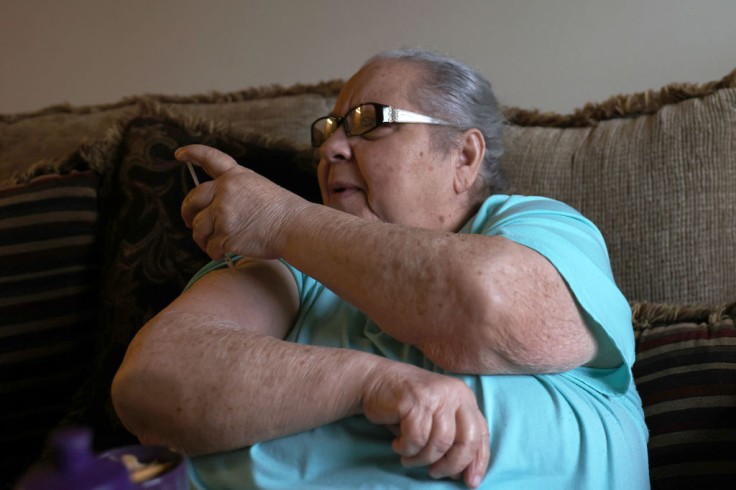
The high cost of insulin remains a significant barrier to care for many Americans with diabetes. A study published in the journal Health Affairs this month found that 14 percent of people who use insulin in the United States face what is described as a catastrophic level of spending on the all-important medication.
That means they spend at least 40 percent of their remaining income on insulin after paying for other essentials, such as housing and food. The study's estimate covered 2017 and 2018 but did not include additional costs related to diabetes care, such as insulin pumps, glucose monitors, or other medications.
Though drugmakers often offer programs that can lower the out-of-pocket price of insulin for both uninsured and insured patients, the financial burden can still be devastating for some Americans.
Why does insulin remain unaffordable for many American diabetes patients?
Dr. Robert Gabbay, the chief scientist for the American Diabetes Association, an advocacy group for patients with diabetes, said that people without insurance could shell out hundreds of dollars a month or more for the medication, which usually requires multiple vials of insulin per month.
Krutika Amin, associate director of the Affordable Care Act program at the nonprofit Kaiser Family Foundation (KFF), told NBC News that some patients will ration or skip doses of their medication to save money. This approach, however, eventually leads to higher costs when they are sent to the emergency room or hospitalized.
So why does insulin, a medication that has been around for more than 100 years, remain unaffordable for many people in the United States? According to Dr. Kevin Riggs, a physician at the University of Alabama at Birmingham Heersink School of Medicine, the high cost of insulin can be attributed partly to evergreening.
Read Also : Signs, Dangers, and Symptoms of Polio; The Ancient Virus That Is Causing Panic in the United States
Costs of insulin have ballooned in recent years due to evergreening
It is a process in which pharmaceutical companies make incremental improvements to their products that can extend the life of their patents. Riggs co-wrote a study published in the New England Journal of Medicine in 2015 that described the century-long history of the drug.
These companies' improvements may include tinkering with a molecule or changing the delivery system, such as using insulin pens instead of the traditional vials.
Riggs said extending patents can discourage developing generic drugs, allowing drugmakers with exclusive rights to their insulin to charge whatever the market will bear. Costs have ballooned as a result, with supply chains becoming more complicated over the years.
According to Riggs, that means insulin prices have gone up crazy. Riggs said that even when the patents expire, as many have, the large investment it takes to get insulin manufactured and approved by American regulators may make the venture less appealing to generic drugmakers.